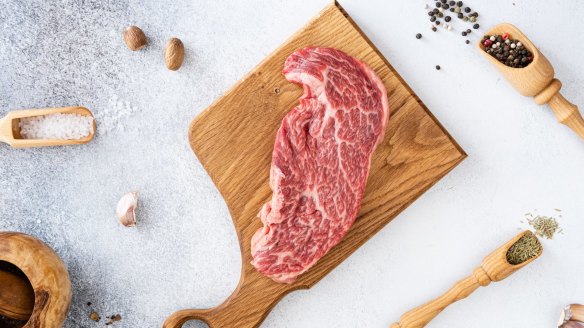Can you defrost meat and then refreeze it?

Can I defrost meat and then refreeze it? P. Brun
A British chef once sternly told me: "One thaws what has been frozen but one defrosts the machine that does the freezing." According to the CSIRO, it is fine to refreeze thawed meat. There are, however, some caveats. It needs to have been thawed in a fridge, at less than 5 degrees, for no longer than 48 hours from the time it left the freezer.
But refreezing thawed food is not ideal. Any time you freeze food, you will see a loss in the quality of the texture as the water freezes, expands, and ruptures the cell walls. This also leads to some water loss. (If you want to see how freezing affects texture, shove a raw carrot in the freezer and leave it overnight.) To thaw food safely, remove it from the freezer 24 hours before you need to cook it, put it in a container and let it thaw slowly in the fridge.
We have eaten a lot of lobster and prawns this summer. What do I do with the shells? D. Ward
You get a good idea of the season when you google "how do I dispose of prawn shells?" The second most popular answer, sadly, is, "dispose of prawns in your neighbour's bin any time". A more community-minded waste management option is to freeze them until bin night and put them in your own bin. Prawn shells can be forked through a vibrant compost, but not lobster shells.
But if you keep prawn heads and lobster shells in the freezer, you can use them to make stock for paella. Put 500g of shells in 1.5 litres of water to which you can add a clove or two of garlic, a few bay leaves and a few peppercorns. Simmer for 20 minutes, skimming off any solids floating on top, then strain. Another classic way of using spent crustacean shells is to make a bisque, a luscious seafood soup in which lobster, crab and prawn shells are cooked with chopped carrot, celery and onion, enriched with saffron, wine and tomato, strained and mashed through a chinois (sieve), then thickened with cream or roux and dotted with morsels of tail meat.
Where does marmalade originally come from? D. Bishop
Quinces. The Greeks and Romans made a paste from quinces, lemons and honey. The Greeks called it melimelon, a combination of the words for honey and apple. Quinces are packed with pectin and form a sweet jelly when cooked. The Spanish for quince paste, membrillo, comes from the Greek original, as does the Portuguese marmelada.
In English, a marmelet long referred to preserves made with quince, pear, apple and crab apple. There are mentions of an orange marmalet in the 1700s, with Boswell and Johnson breakfasting on the spread in Scotland in the 1770s. It was commercialised in Dundee in the mid-1800s using bitter Seville oranges as the base fruit.
Send your vexing culinary conundrums to brainfood@richardcornish.com.au or tweet to @foodcornish
Appears in these collections
- More:
- Food
- Brain food
